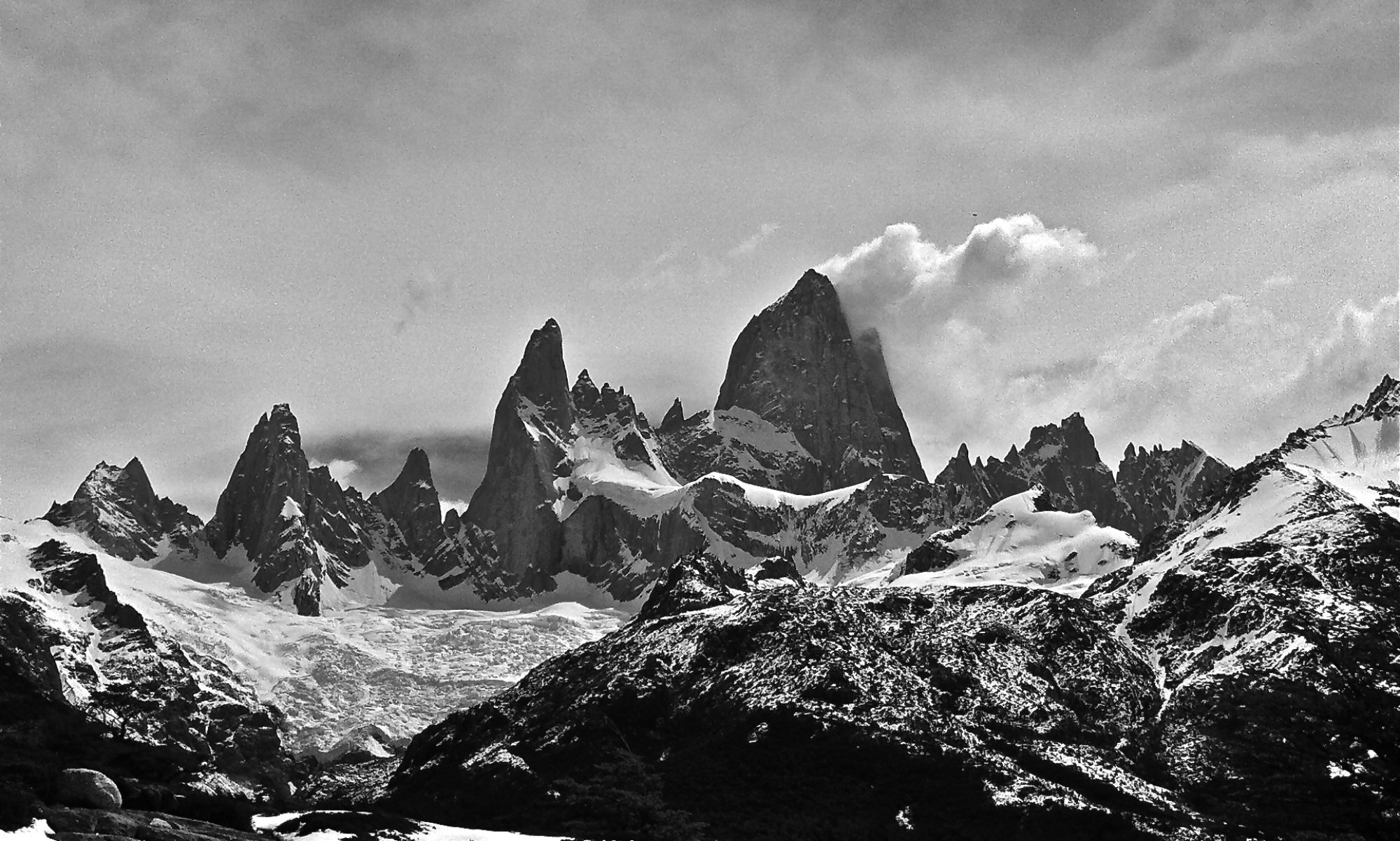We booked a boat tour of the Panama Canal and started with a 40 minute bus ride to Gamboa, a town on the Southern end of Gatun Lake. The lake was formed by damming the Chagres River, a river that flows to the Atlantic. At the time it was created, it was both the largest dam on the planet and the largest man-made lake. (Today, Lake Powell is larger.)
We headed south towards the Pacific (and Panama City). The canal crosses the Continental Divide at the Gaillard Cut, the largest excavation needed for the canal.

Gatun Lake is 85 feet above sea level, and there are three locks in each direction to get to sea level. Each lock is 1000 feet long, 110 feet wide, and 39 1/2 feet deep. The largest vessels that can navigate the canal are basically the dimension of the locks with all of two feet of clearance on each side. Such vessels are called Panamax. Here’s such a vessel in the first lock heading to the Pacific.

Each lock holds 26 million gallons of water yet takes just 8 minutes to fill or empty. Here’s our boat in the first lock before the lock empties.

Here we are ~30 feet lower after the lock has emptied.

The canal operates 24×7 and completes an average of 42 transits a day. An average transit takes 8-10 hours; a transit around the Cape takes ~22 days. Panamax-size ships can only fit one at a time through the Gaillard Cut, so there’s a daily schedule to manage traffic. Each vessel is boarded by a Canal Captain at the start of transit who navigates the vessel through the entire canal. Large vessels are also required to be escorted by tug boats. An engine failure at the wrong time could be catastrophic – running aground could close the canal.

The Bridge of Americas at the Pacific entrance is one of two bridges across the canal (the other was pictured at the Continental Divide).
More canal info:
- 35% of commercial boats in operation are too big for the canal. A second set of locks is set to open in 2016. These will be 1400 feet long, 180 feet wide, and 50 feet deep. The expansion cost has passed $5B.
- The canal employs 9000 people full-time.
- Transit is generally first come, first serve. Today, the wait to transit is ~24 hours.
- The minimum fee to use the canal is $3k. Our 120 foot boat was $4k. A typical Panamax boat is $120k. It was noted, though, that boats that size use ~$100k in fuel each day, so it’s very economical to use the canal. The largest fees go to cruise ships and can be more than $400k. Fees are based on size and cargo; passengers command a premium fee.
- The 3-mile causeway built at the Pacific entrance to the canal used about 10% of the material excavated for the canal.
- The original canal proposed by the French was a sea-level canal. Such a canal, however, would not be commercially viable. At the canal location, the Atlantic has tides of just 1 to 2 feet while the Pacific has tides up to 20 feet. This would have created dangerous currents.
